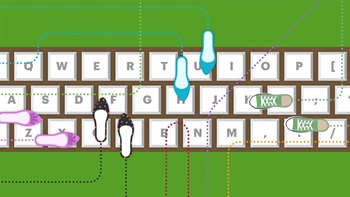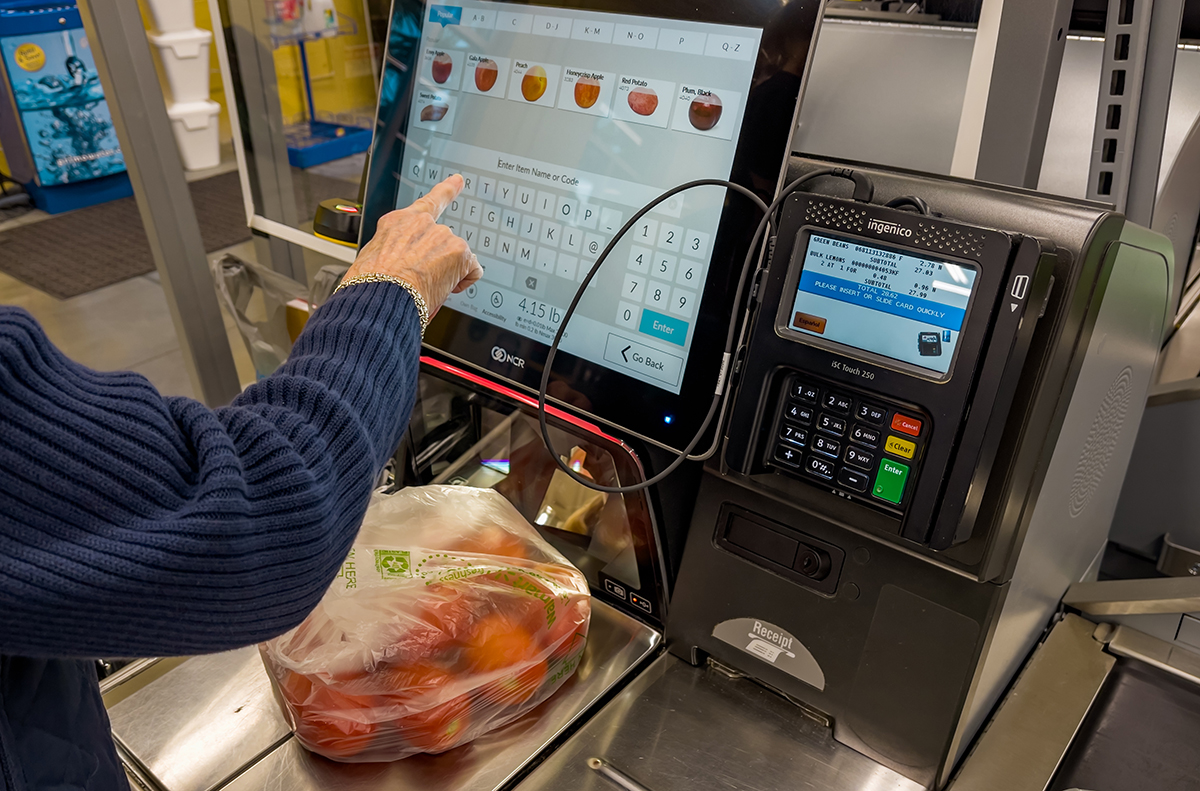By Doug Baker, Vice President, Industry Relations - Private Brands, Technology for Food Marketing Institute

Over the years, millions of dollars have been spent to discern the path to purchase and what motivates a shopper to choose one retailer over another. Was it the way the retailer marketed itself? Was it presentation of the shelf or display? Good old customer service?
Studies that measure the impact of proximity aren’t always consistent. Some say proximity’s impact is overstated, while others report it’s a primary factor of shopper choice. One finding is consistent—once the shopper has decided on the retailer (for example: a low-price or upscale retailer), proximity becomes an important influencer on the path to a purchase decision. But that was before e-commerce.
Proximity’s Impact on a Retailer’s Identity
Proximity has always been inextricably linked to a retailer’s brick-and-mortar brand. If that were not the case, there would be no such thing as the neighborhood market or locally targeted assortments. In the e-commerce world, proximity is omni-present…measured not in miles, but in the inches between fingertip to keyboard. Local consumer goods and products can now be enjoyed anywhere in the world.
The average retailer who has been in e-commerce for a while is still only seeing three to four percent of its sales generated by the Internet. However, it is projected that the grocery e-commerce business will boom to more than $100 billion by 2022. Four or five years from now, grocery e-commerce will represent the equivalent of 3,900 brick-and-mortar stores. Waiting on a strategy, or embarking on a flawed one regarding proximity, is simply not an option.
Getting into the eProximity Game
- eProximity Means Offering an Actual Purchasing Capability—Many retailers today still force e-shoppers to execute too many clicks before an order can be placed.
- eProximity Means a Seamless Shopping Experience—“Island syndrome,” where the e-shopper must navigate through multiple clicks and sign-ins to complete the shopper experience, kills eProximity. Brick-and-mortar proximity is naturally linked to convenience, and nothing in the world of e-commerce should change that. A shopper should not have to go to one place to plan, another to buy, one to clip coupons, another to view recipes.
Rob Christian, senior vice president of client engagement at MyWebGrocer says, “non-seamless buying experience ranks amongst the top reasons for e-grocery cart abandonment. E-Shoppers want what brick-and-mortar has been giving them for decades—a seamless, easy to navigate, friendly buying experience. Why should e-commerce be any different?”
- eProximity Means Mobility—Today’s shopper is a moving target. Therefore, e-commerce solutions must include a seamless mobile solution. Shoppers who are on the go want to link what they do at home with what they do in a coffee shop, with what they do in brick-and-mortar, and so on.
- eProximity Means Targeting—Targeting correctly means:
- Enabling seamless messaging between all the devices the shopper uses,
- Applying advanced science behind the data, and
- Adopting an agile approach to targeting through user interface (UI), e-mail, mobile app and propensity targeting.
The Near and the Far of Shopper Proximity
The customers taking the e-commerce path are usually the retailer’s primary shoppers and trust their favorite merchant to take the e-commerce plunge with them. Planning the drive to eProximity now is only a good investment in any grocery retailer’s future!


 Industry Topics address your specific area of expertise with resources, reports, events and more.
Industry Topics address your specific area of expertise with resources, reports, events and more.
 Our Research covers consumer behavior and retail operation benchmarks so you can make informed business decisions.
Our Research covers consumer behavior and retail operation benchmarks so you can make informed business decisions.
 Events and Education including online and in-person help you advance your food retail career.
Events and Education including online and in-person help you advance your food retail career.
 Food Safety training, resources and guidance that help you create a company food safety culture.
Food Safety training, resources and guidance that help you create a company food safety culture.
 Government Affairs work — federal and state — on the latest food industry policy, regulatory and legislative issues.
Government Affairs work — federal and state — on the latest food industry policy, regulatory and legislative issues.
 Get Involved. From industry awards to newsletters and committees, these resources help you take advantage of your membership.
Get Involved. From industry awards to newsletters and committees, these resources help you take advantage of your membership.
 Best practices, guidance documents, infographics, signage and more for the food industry on the COVID-19 pandemic.
Best practices, guidance documents, infographics, signage and more for the food industry on the COVID-19 pandemic.
